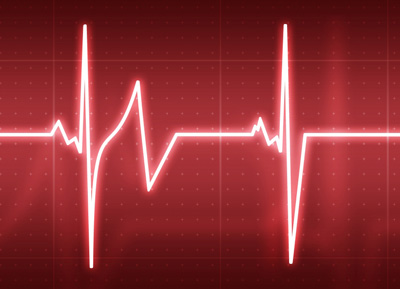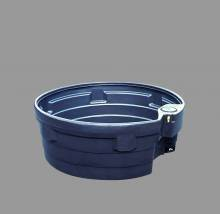Hardware
 The computer infrastructure in the lab includes thirteen working points. Eight of them are workstations with a combined capacity of calculus of 10 GigaFlops. A Shared storage capacity of 11 TB Disk raid is also available to store the biological and climatic data in the lab.
The computer infrastructure in the lab includes thirteen working points. Eight of them are workstations with a combined capacity of calculus of 10 GigaFlops. A Shared storage capacity of 11 TB Disk raid is also available to store the biological and climatic data in the lab.
A 10 computers cluster is also available. The cluster is configured as one single large system. Every node has been equipped with the last i7 3.2gh processor and 8 processing cores, which means that the cluster is able to do up to 80 different typical desktop processes simultaneously. Another 9 nodes cluster ( 2.8 GHz, 16Gb RAM) is available for use.
Labs
Thermal ecophysiology
 We have equiped a thermal ecophysiology lab for small and medium sized endotherms and ectotherms. The laboratory was established at the field station of El Ventorrillo (ca. 60 km north of Madrid in the guadarrama Mountains), which is part of the CSIC, and is equipped with two walk-in thermal chambers with temperature and circadian control for acclimation, as well as a smaller thermal chamber to control for temperature and circadian rhythms during measurements. A Sable Systems respirometry system (Measuring oxygen and water vapour) is available that allows for simultaneous measurements of up to 7 separated individuals.
We have equiped a thermal ecophysiology lab for small and medium sized endotherms and ectotherms. The laboratory was established at the field station of El Ventorrillo (ca. 60 km north of Madrid in the guadarrama Mountains), which is part of the CSIC, and is equipped with two walk-in thermal chambers with temperature and circadian control for acclimation, as well as a smaller thermal chamber to control for temperature and circadian rhythms during measurements. A Sable Systems respirometry system (Measuring oxygen and water vapour) is available that allows for simultaneous measurements of up to 7 separated individuals.
Experimental biogeography
We are in the process of installing a series of mesocosms across the Iberian Peninsula. These mesocosms consist of 1000L tanks (or catlle-tanks) that will be installed in groups of 32 across 6 different locations. These locations were chosen to encompass the variety of bioclimatic regions across the peninsula (atlantic x1, mediterranean x1, alpine x2 and semi-arid x2). The mesocosms will be equipped with an automated monitoring system that allows controlling the temperature and water-level, thus enabling simulation of climatic change effects. For more information read here.
